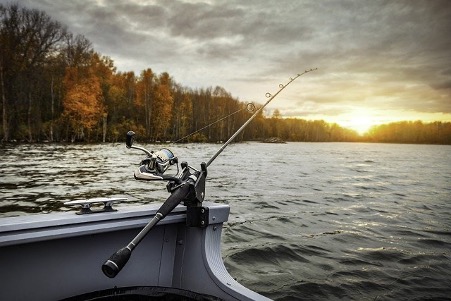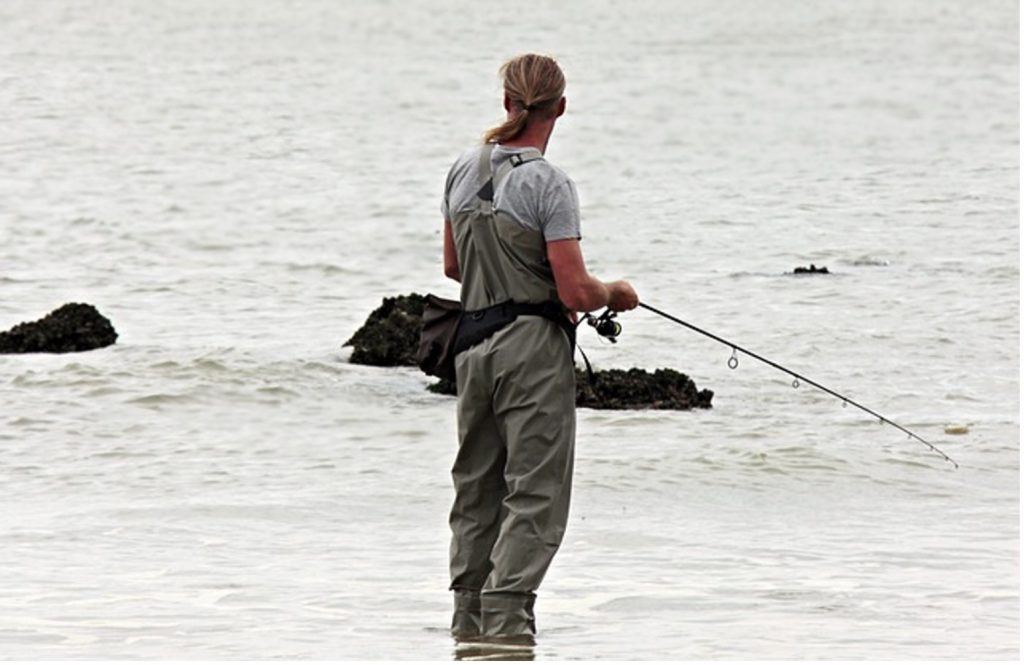Brian McPeek is an avid fishing enthusiast and tour guide in Austin, TX who routinely gets asked about what type of fishing reel to use in which situation. Below, Brian gives a full break down of each of the main classifications of reels and how to choose the best match for the type of fishing you do.
When reviewing fishing reels, there are three main types to consider: the Spincast Reel, Spinning Reel and the Baitcasting Reel. While the specific on chosen can depend on expertise, comfort and personal preferences, it is important to understand the strengths and drawbacks of each kind.
Discover the world of fishing reels through Brian McPeek’s insightful analysis, covering spincast, spinning, and baitcasting types. Learn about each reel’s functionality, benefits, and ideal usage scenarios, helping anglers make informed decisions. Enhance your fishing environment with pond surface aerators for sale, promoting healthier aquatic ecosystems. This guide offers valuable tips for both novice and experienced fishermen looking to refine their equipment choices.
How to Choose the Right Fishing Reel
Brian McPeek says some of the key criteria that can be employed include the following:
- How easy is it to use the reel?
- What fishing style is best suited to that type of reel?
- How much does it cost?
- How long will it last?
In order of complexity, Brian McPeek explains that the baitcaster requires the most skill, followed by the spinning reel. The spincaster is the simplest system.
The more experienced the fisher and the more specific their needs, the better they can judge which type to pick. However, for the average fisher or even a beginner, considering the points below may prevent them from making a mistake.
The Baitcasting Reel
Possibly the most advanced fishing reel out there, the baitcaster delivers great power and precision. However, it has a lot of moving parts, so fishers must have the expertise to properly harness and utilize its capabilities.
The Design
Brian McPeek notes that the baitcaster has a semi-enclosed design, with a sturdy build sitting on top of the handle. There are three main components which aid its performance:
- The drag mechanism next to the handle
- The spool tension knob, and
- The braking system.
These mechanisms allow you to control how fast the line is going out, both in terms of the distance of the throw and being able to control speed so the spool speed does not exceed than the speed at which the line goes out. This allows for control and prevents snaring.
The baitcaster, unlike a spinning reel, releases the line in a straight path. Part of the skill involved is that the baitcaster does not have a bail. Brian McPeek explains the experienced angler would be able to press the spool at the right time – starting mid-flight and watching to see the bait hit the spot. Once the right spot is reached, pressing a clip locks the line.
Advantages and Drawbacks
The table below captures some of the pros and cons of the baitcaster.
| Advantages | Drawbacks |
|
|
|
|
|
The Best Use
The high performance baitcasters can be used in a wide variety of situations due to their power, precision and customizability. According to Brian McPeek, they are best used when experienced anglers chase large fishes.
The Spinning Reel
By most counts, the spinning reel is the most popular option among anglers with a wide spectrum of experiences.
The Design
Brian McPeek explains that the spinning reel has an open-face design (unlike the spincaster). The drag adjustment on top has a metal bail that can lock the line and also guide the line evenly back on the spool.
Another key design feature is that spinning reels attach below the rod, which makes them easier to hold and provides more balance when casting.
Casting is easy. Anglers will disengage the bail and squeeze the line against the rod to prevent unspooling. Swinging the rod from overhead or one side, while releasing the finger pressing the line about halfway through is enough to control the cast.
However, anglers should take care to put the bail back in its starting position after the throw notes Brian McPeek. Otherwise, the tendency of the spinning reel to close the bail automatically after the reeling is initiated can cause a tangle if that first spin causes the line to miss the aimed for spot.
Advantages and Drawbacks
The spinning reel has the following advantages, along with a couple of drawbacks.
| Advantages | Drawbacks |
|
|
|
|
|
|
The Best Use
Like the spincaster, the spinning reels are ideal for use with small baits and lures. They are more versatile, though. They can be used for both fresh and saltwater fishing. If the lures get heavier, their performance falls off.
The Spincaster Reel
The simplest reel by design, Brian McPeek says that spincasters have been around for decades as the friendliest reels for anglers who are starting to fish.
The Design
The key components are hidden under a metal nose cone. A button on the back allows anglers to choose whether they want the line to free-spool or stay locked.
There is also a drag adjustment tool next to the reel handle, which allows anglers to choose the level of resistance on the line when a fish pulls on it.
Casting is easy. Anglers press the spool control button, take aim and release. Once they are happy with where they landed, they can press again to lock the line.
Advantages and Drawbacks
The pros and cons of using spincasters are summarized below.
| Advantages | Drawbacks |
|
|
|
|
|
|
The Best Use
Spincasters are best used for inshore angling and wading, according to Brian McPeek. While many types of fish can be caught with them, spincasters are best suited for fishing with lures and small baits.
Final Thoughts
The best reel for an angler depends on their expertise and the type of fishing they do. Pricing may also play a factor. The guiding principles above should provide a good start towards choosing what makes the most sense.









